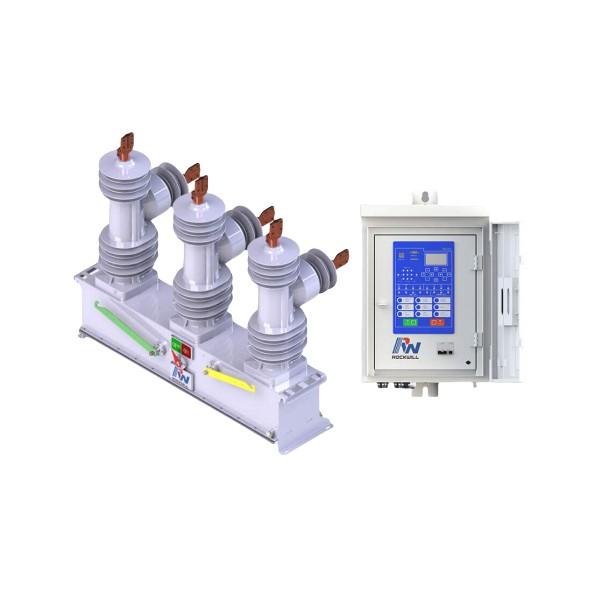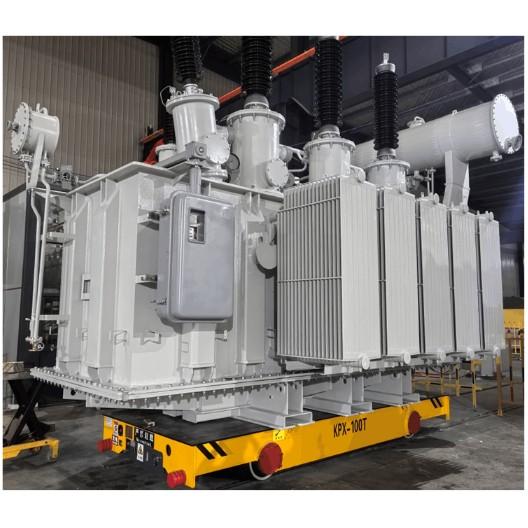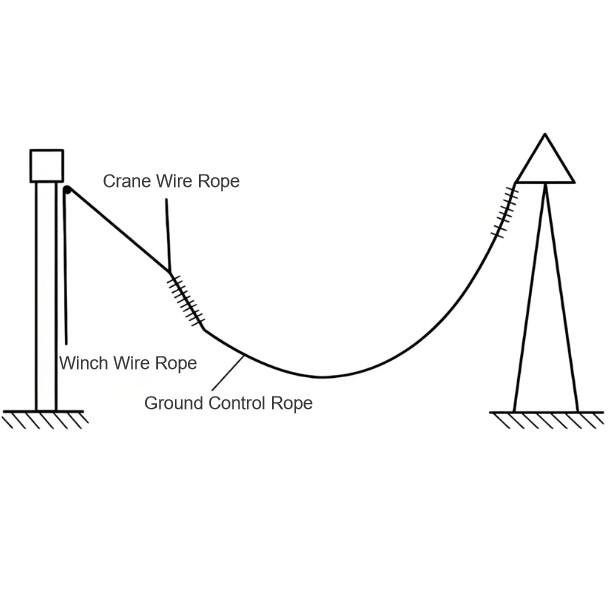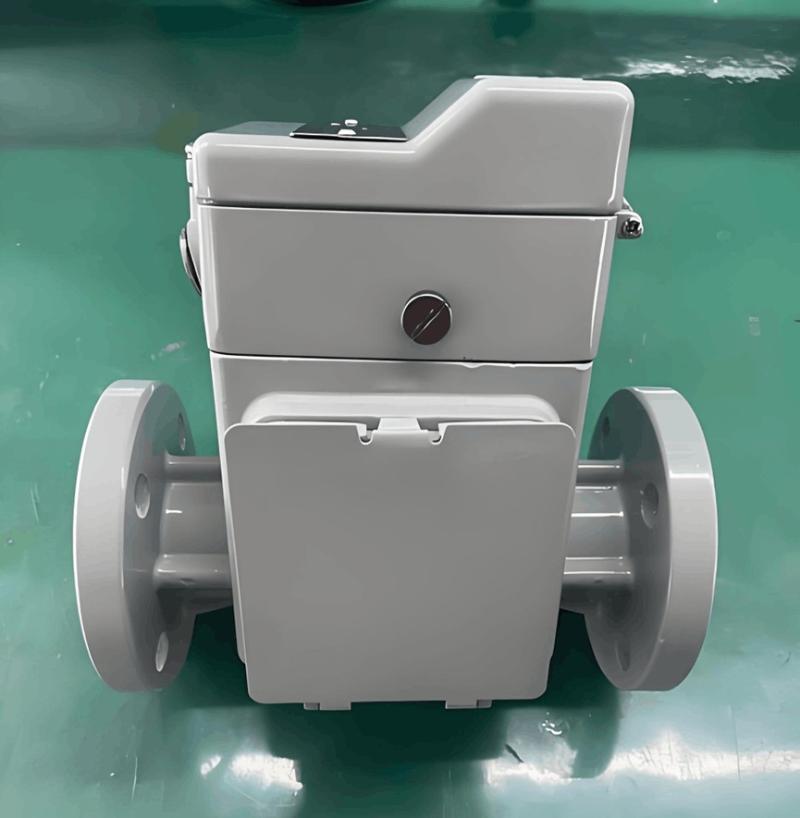Nola kudeatu eparra edo eskuartuta dagoen porcelanako kutxatikoa duen korronte-atalaketa gailua?
Erantzun:
Eparritako porcelanako kutxatikoen kudeaketa:
Eguraldi normal batean, eskatu dispatchariari deseskaltzeko eta ordezkatu dañotako faseko atalaketa gailua kalifikatutako batzuekin. Ersatzirik ez badago, aplikatu pintura edo epoxi resina eparri, humektazioa saihesteko, eta ordeztzea programatu ahalik eta lehenago.
Orroitzetan, saihestu atalaketa gailua zerbitzuan kendu behar izatea, eta egin ondorioak eguraldi hobetu arte. Flashover-a gertatu balitz, eta lurrizko kontakturik ez badago, eta egoera onartzen badu, atalaketa gailua zerbitzuan kendu beharko litzateke.
Atalaketa gailuaren esplozionaren kudeaketa:
Zein dira kontsumitu handienak azkenbistaratzerakoan?
Erantzun:
Azkenbista kontrolatzeko modu azkarrean, kendu arrazoia, eta saihestu pertsonen eta gailuen segurtasuna amenazatzen duten arriskuak.
Mantentzeko gailuaren funtzionamendua edozein bidez, estatuzko energia osagarria eta erabiltzaileei harremanetan jartzeko.
Berriz eman energia erabiltzaileei, berezi kirolak zehaztu direnei.
Zer pausoak jarraitu behar dira DC lurrizko kontaktu bat bilatzeko?
Erantzun: Analisi eta azterketaren oinarrian, sekzioak (loop-opening) metodoa hurrengo sekuentzian erabili: lehentasun signal eta argi lerroekiko kontrol lerroetatik, eta kanpoan kokatutako lerroekiko barruko lerroetatik. Pausoak hainbat dira:
Zehaztu lurrizko kontaktua kontrol sistema edo signal sistema da.
Ikusi signal eta argi lerroak.
Ikusi kontrol eta babesa lerroak.
Fusioak kendu ordenean: Positiboko lurrizko kontaktuetarako, (+) lehendik, gero (-); berreskuratzeko, (-) lehendik, gero (+).
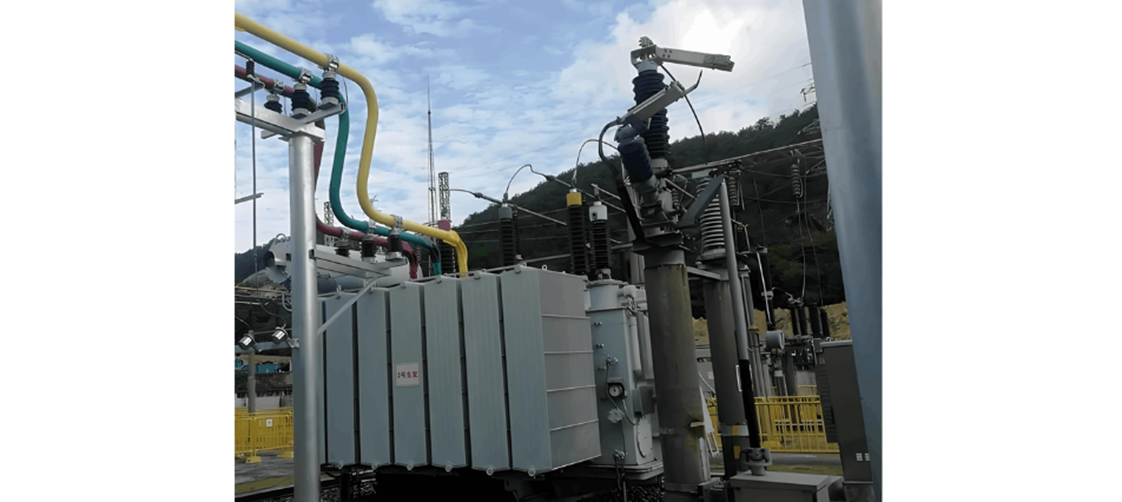
Nola ikusi transformadorea saltatu ondoren?
Erantzun:
Saltaketa estatuzko sakelarraren egoera, babes mekanismoen indikadoreak edo signalak, eventu enregistrazioaren (SCADA sistemak) datuak eta monitorizatze gailuaren enregistrazioak, zehaztu saltaketa transformadorearen akats baten ondorio den eta informa dispatchariari.
Ikusi saltaketa aurretik dagoen karga, oil level, oil temperature, eta oil color; ikusi oil spraying, smoking, porcelain insulator flashover or rupture, pressure relief valve operation, and presence of gas in the Buchholz relay.
Ikusi estatuzko energia osagarria eta DC sistema normalki funtzionatzen diren.
Bi nagusi transformadore zerbitzuan badira, ikusi beste transformadorearen saskotasuna eta bere kargara mendebidea.
Analisi fault recording waveform eta microprocessor-based protection systemtik emandako print reporta.
Ikusi sistema egoera, adibidez, short circuits edo beste akats batzuk zerbitzuan edo kanpoan gertatu diren.
Hona hemen egoerak aurkitzen badira, saltaketa transformadorearen barneroko akats baten ondorio dela hartu behar da. Transformadorea soilik berreskuratu ahalko da akatsa kenduta eta konpontuta baita elektrikoki probatuta, chromatographic analysis, eta beste test zehatz batzuekin:
Gas collected from the Buchholz relay is flammable.
Obvious internal fault signs are present, such as tank deformation, severe oil spraying, or abnormal oil level.
Clear flashover marks, damage, or breakage are evident on the bushings.
Two or more protection devices (e.g., differential, Buchholz, pressure) have operated.
10kV single-bus sisteman, lineen batzuk desenergizatuta daudenean, grounding indication persistentea badago, zein izan liteke arrazoia?
Erantzun:
Zein dira azkenbistaratzearen printzipio orokarrak?
Erantzun: Energia sistema batean azkenbista gertatu denean, erabiltzaileek azkenbista kudeatzeko ondorengo printzipioetan jarraitu behar dituzte:
Jarraitu "Electric Power Safety Work Regulations," dispatching regulations, site operating procedures, eta bestelako segurtasun reguluak; dispatch instructions jarraitu.
Pertsonen edo gailuen segurtasuna ameatzearren, mantentzeko gailuak; gailuak ez dira erraz itzali behar. Segurtasuna ameatzearren, kendu ahalik eta erraz. Pertsonen eta gailuen segurtasuna ameatzearren, gailua gelditu.
Azkenbista kudeatzeko, hasieratu backup gailuak eta hartu neurriak gailu ez erabiliak segurtasunez isolatzeko, horien funtzionamendua mantentzeko eta azkenbista zabaltzeko saihesteko.
Lehentasun hartu estatuzko energia osagarriaren eta erabiltzaileei energia normalki ematearen mantentzea. Sistema edo gailuak estatuzko energia osagarriaren falta sortzen dutenean, lehentasun hartu estatuzko energia osagarria kudeatzeko eta berreskuratzeko.
Azkenbista kudeatzeko, uneko operazio modua, eguraldia, lan egoera, relai eta automatismoen aktibazioa, alarm signalak, event printing, meter indications, eta gailu egoera erabiliz, azkenbizitako egoera eta azpiegoera jakinarazi.
Energia ematea de-energized erabiltzailei ahalik eta azkarren, berezi kirolak zehaztu direnei.
Gailuak ezin badira konpondu autonomoki, eskatu gainontzeko informazioa. Mantentzaileak iritsi arte, hartu segurtasun neurriak.
Azkenbista kudeatzeko, mantentu kontaktua dispatchariarekin eta proaktiboki informazioa eman.
Xehetasun bereizgarriaz enregistratu azkenbista kudeaketaren prozesua, eta behar bezala, logeatu operazio log-an, accident/obstacle, eta circuit breaker trip records-en. Shift supervisor-ek experimentatutako operatorrek idatzi behar dute azkenbista kudeaketaren txosten bat.
Azkenbista arrazoia ez dago identifikatuta eta mantentzaileek beharrezko probak edo ikuskuntza gehiago egin behar dituzte, erabiltzaileek ezin dute reset egin relai tripetik indikadoreak.
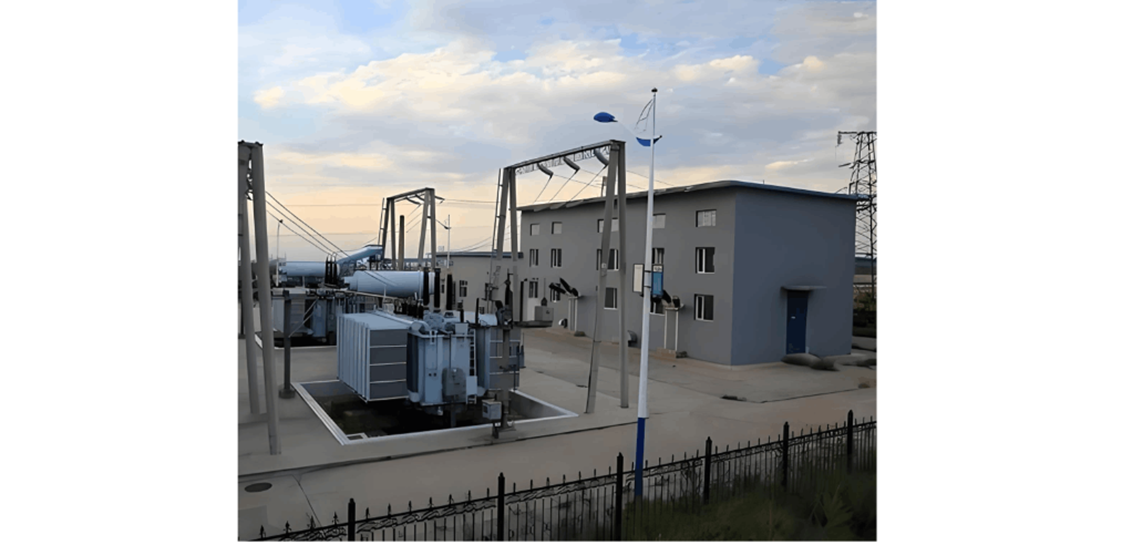
Zein dira kapazitatea erabiltzean kontuan hartu beharrekoak?
Erantzun:
Erabiltzaile voltage should not exceed 10% of the rated voltage; unbalanced current should not exceed 5% of the rated current.
If the casing expands, severe oil leakage, internal noise, or external sparks are detected, stop operation immediately.
The temperature in the capacitor room should not exceed 40°C.
Do not force-energize after protection operation.
Capacitors must be fully discharged before closing.
The casing grounding must be good; inspect the discharge circuit and discharge resistors monthly to ensure they are intact.
Nola kudeatu transformadoreko kooldore guztiak huts egiten diren kasua?
Erantzun: In large transformers, a complete cooler failure often leads to transformer tripping or forced load reduction. This is usually caused by failure of the cooler power supply or the automatic switching circuit, triggering a "Cooler Failure" alarm. If the cooler system is not restored within 20 minutes, or if the oil temperature exceeds the trip setpoint (varies by manufacturer), the transformer will automatically trip.
Symptoms of failure:
Oil temperature rises rapidly, with a noticeable change in the transformer temperature curve.
The indicator light for fan operation goes out.
Some failures are accompanied by signals such as "Power Supply Lost" or "Cooler Fault."
Inspection:
Check if the power indicator in the cooler control box is off, to determine if the power supply has failed or malfunctioned.
Verify the position of each small circuit breaker in the control box to determine if a thermal relay has operated.
Check for abnormalities in the cable heads to determine if a thermal relay has operated.
Check if the power fuse for the cooler in the station distribution room is blown or if the cable head is burned or broken.
Check if the position of the automatic transfer switch for the standby power supply is normal, to determine if the standby power has successfully switched.
Handling:
Promptly report to dispatch and closely monitor the transformer's top oil temperature.
If both power sources are lost or faulty, immediately attempt to restore power.
If one power source is lost or faulty and the standby power fails to auto-transfer, check if the standby power is normal. If so, manually close the standby power switch on site.
When a cable head burnout causes cooler shutdown, directly open the faulty power switch in the station distribution room. If the standby power fails to auto-transfer, manually close the standby power switch on site.
If the main power switch trips and the standby power fails to auto-transfer, manually close the standby power switch. If it trips again, this indicates an obvious fault in the common control circuit. Emergency measures (e.g., closing an emergency power switch or temporarily connecting a power line to bypass the faulty section) should be taken.
If a control circuit small switch trips, it may be tested once. If it trips again, this indicates an obvious fault in the control circuit; handle as described above.
If the automatic transfer circuit for the standby power or the power input control circuit is faulty, switch to manual control to engage the standby power or directly manually close the power switch.
If the fault cannot be resolved quickly and the cooler cannot be restored before the transformer trips, prepare to engage the standby transformer or transfer the load.
If the cooler failure duration approaches the specified limit (20 minutes), and there is no standby transformer or the standby cannot carry the full load, and the top oil temperature has not reached 75°C (for transformers with complete cooler failure), the trip circuit link may be temporarily removed with dispatch approval to continue troubleshooting and restore cooler operation, while closely monitoring the oil temperature. For trip circuits with a temperature interlock (75°C) contact, the trip link must not be removed. If the top oil temperature rises to 75°C, or if it remains below 75°C but the cooler failure has lasted one hour without resolution, engage the standby transformer, transfer the load, and take the faulty transformer out of service.
Nola kudeatu kapazitatea saltatu duen sakelarra?
Erantzun: After a capacitor circuit breaker trips, forced re-energizing is not allowed. The operator must check the protection operation status and sequentially inspect the circuit breaker, current transformer, power cable, and capacitors for explosion, severe overheating, bulging, oil spraying, melted connections, or bushing discharge marks. If none of these conditions are found, the trip may have been caused by bus voltage fluctuations. After inspection, power may be restored. Otherwise, a comprehensive power-on test of the protection system and a characteristic test of the current transformer should be performed. If the cause still cannot be identified, the capacitor bank must be disassembled and each capacitor tested individually. Power must not be restored until the cause is identified.
Nola kudeatu sakelarra tripetik blokeatuta dagoenean?
Erantzun: First, check the cause of the trip lockout, then proceed with handling.
Causes of trip lockout:
Handling methods:
If caused by loss of oil pump motor power, check the three-phase AC power supply with a multimeter, reset the thermal relay, and allow the motor to pressurize to normal. If the motor is burned out or there is a mechanism issue, notify maintenance personnel.
If the spring mechanism is not charged, check if its power supply is intact. If it is a mechanism issue, notify maintenance personnel.
If the arc-quenching medium pressure drops to the close lockout value, disconnect the circuit breaker trip power supply and notify maintenance personnel to refill the medium.
If the mechanism pressure drops to trip lockout and cannot be restored after inspection, handle as follows:
Disconnect the trip power supply miniature circuit breaker or remove the trip power fuse.
Deactivate single-phase reclosing.
Remove the oil pump power fuse or disconnect the oil pump power miniature circuit breaker (using hydraulic mechanism as an example).
For a 220kV circuit breaker fault, use a bypass circuit breaker to carry the load (note: after paralleling the two circuit breakers, disconnect the bypass circuit breaker's trip power supply, open the isolating switches on both sides of the faulty circuit breaker, and after operation, reconnect the bypass trip power miniature circuit breaker).
For a 220kV system without a bypass circuit breaker, change the operating mode and use the bus tie circuit breaker to carry the faulty circuit breaker.
For a faulty circuit breaker in a 3/2 connection bus operating in a ring network, isolate it using isolating switches on both sides.
For a bus tie circuit breaker, close the bus isolating switches on both sides of a certain element, then open the isolating switches on both sides of the bus tie circuit breaker.
If a control circuit fault exists, focus on checking the trip coil, phase-operated control box relay, and circuit breaker control handle. After identifying the fault, notify maintenance personnel.
If auxiliary contacts of the circuit breaker have poor contact, notify maintenance personnel.
If the "Remote-Local" selector switch is in the "Local" position, move it to the correct position. If auxiliary contacts have poor contact, notify maintenance personnel.
If the trip power supply is abnormal or not engaged, restore it as soon as possible.












